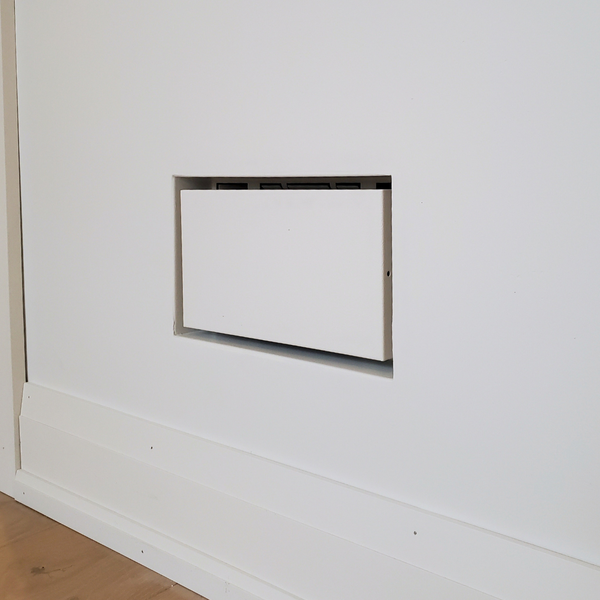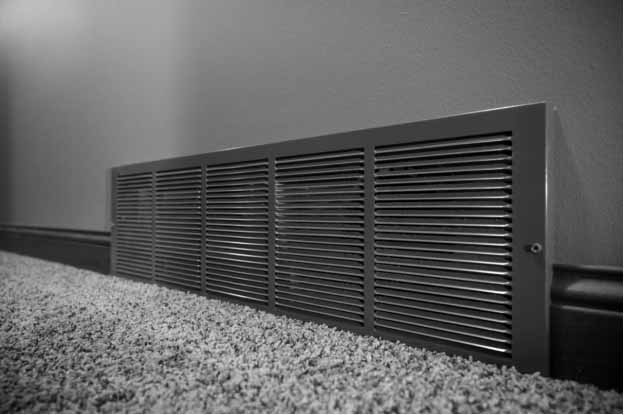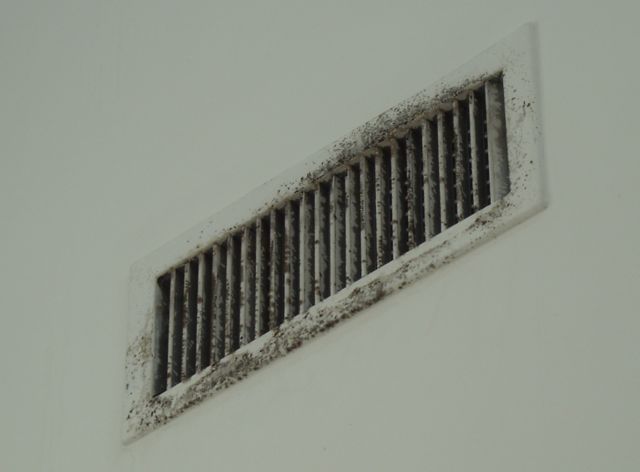
When you think of your air conditioning system, you probably imagine the big outdoor unit or the thermostat on your wall. But what about those often-overlooked components: the air conditioning vents? These seemingly simple openings play a crucial role in distributing cool air throughout your home, ensuring your comfort during those hot summer days. Let's delve into the fascinating world of AC vents and uncover their importance.
Understanding the Basics: What are Air Conditioning Vents?
Essentially, AC vents are the points through which conditioned air enters and exits your rooms. They're connected to your HVAC (Heating, Ventilation, and Air Conditioning) system's ductwork, acting as the final delivery point for cool or warm air. Think of them as the "mouths" of your HVAC system, breathing comfort into your living spaces.
Types of Air Conditioning Vents
Not all vents are created equal. Different types serve specific purposes and offer varying levels of control over airflow.
- Supply Vents: These are the most common type, delivering conditioned air into your rooms. They're typically found in ceilings, walls, or floors.
- Return Vents: These vents draw air back into the HVAC system to be reconditioned. They're usually larger than supply vents and often feature filters to trap dust and debris.
- Register Vents: These are supply vents with adjustable dampers, allowing you to control the direction and volume of airflow.
- Grille Vents: These are often decorative and can be used for both supply and return purposes. They offer a simple, aesthetically pleasing way to cover duct openings.
- Linear Diffusers: These long, narrow vents are often used in modern homes for a sleek, minimalist look. They provide a wide, even distribution of air.

The Importance of Proper Vent Placement and Function
The placement and functionality of your AC vents significantly impact your home's comfort and energy efficiency. Properly placed vents ensure even air distribution, preventing hot and cold spots. When vents are blocked or malfunctioning, your HVAC system has to work harder, leading to higher energy bills and potential system damage. For example, a blocked return vent can significantly decrease the efficiency of your system.
Maintaining Your Air Conditioning Vents
Regular maintenance is essential for optimal vent performance. Here are some key tips:
- Clean Regularly: Dust and debris can accumulate on vents, restricting airflow. Use a vacuum cleaner or a damp cloth to clean them regularly.
- Check for Blockages: Ensure furniture, curtains, or other objects are not blocking your vents.
- Inspect for Damage: Look for any signs of damage, such as dents, cracks, or loose connections. Damaged vents can leak air and reduce efficiency.
- Replace Filters: Regularly replace the filters in your return vents to maintain clean airflow and protect your HVAC system.
- Ensure proper sealing: Leaky connections between the ductwork and the vents will cause loss of efficiency. Use approved duct tape to seal these leaks.

Optimizing Airflow for Maximum Comfort
Beyond basic maintenance, you can take steps to optimize airflow and enhance your comfort:
- Adjust Dampers: Use the dampers on register vents to balance airflow between rooms. You can direct more air to warmer rooms or less to cooler ones.
- Consider Zoning: If you have a multi-story home or large rooms, consider zoning your HVAC system. This allows you to control the temperature in different areas independently.
- Use Ceiling Fans: Ceiling fans can help circulate air, making your HVAC system more efficient. Run them counterclockwise in the summer to create a cooling breeze.
- Professional Inspection: Schedule regular professional inspections of your HVAC system, including your vents and ductwork, to ensure everything is functioning correctly. A professional can identify and fix hidden issues.

The Future of Air Conditioning Vents
As technology advances, we can expect to see more innovative vent designs and features. Smart vents, for example, can be controlled remotely via a smartphone app, allowing for precise temperature control in each room. Furthermore, advances in materials and manufacturing could lead to more efficient and durable vents.
In conclusion, air conditioning vents are far more than just simple openings. They are vital components of your HVAC system, playing a critical role in your home's comfort and energy efficiency. By understanding their types, functions, and maintenance requirements, you can ensure your vents are working optimally, keeping your home cool and comfortable for years to come. Remember, a well-maintained system, with clean, unblocked vents, is a system that will save you money and keep you comfortable.
No comments:
Post a Comment
Note: Only a member of this blog may post a comment.